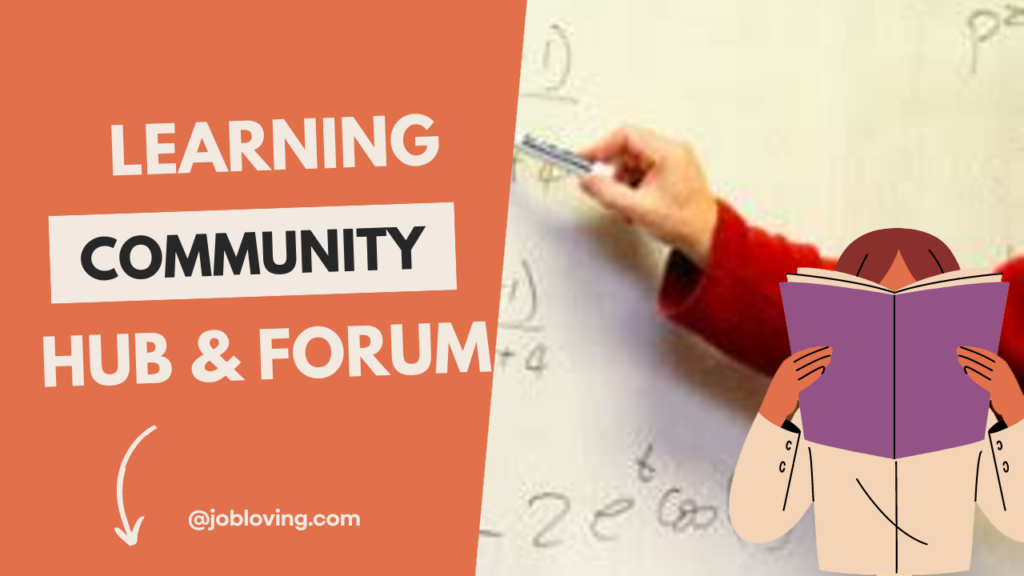Have you ever wondered why the term “liberal arts math” seems to blend the worlds of academia and creativity? It sounds rather fancy, doesn’t it? In fact, the term has its roots in a rich historical context that might just surprise you!
The Short Answer: Liberal arts math is all about a broad-based education, focused on the “free arts” of knowledge rather than any political leanings.
The phrase “liberal arts” comes from the Latin liberalis ars, which translates as “free art” or “free practice.” This refers to a branch of education that encourages the development of a well-rounded individual, focusing on subjects like social sciences, physical sciences, philosophy, mathematics, and literature. Essentially, liberal arts math encompasses mathematical concepts and skills meant to cultivate critical thinking and analytical abilities, rather than simply preparing one for a specific career path.
This educational approach aims to foster creativity and intellectual freedom. It’s about being versed in a range of disciplines which is why it’s often referred to as “general education.” So, the next time you hear someone talk about “liberal arts math,” rest assured it’s not about political ideologies. Instead, it’s about liberating the mind through a rounded educational experience.
Curious to dive deeper into the world of knowledge? Join the JobLoving community for more fascinating resources and feel free to ask any questions you have on this or any related topic!
Key takeaways about Why is it called liberal arts math?
Interdisciplinary Connections
- Liberal arts math integrates mathematical concepts with other disciplines, enhancing problem-solving and analytical skills.
- Courses develop quantitative reasoning and statistical skills applicable to economics, psychology, and social sciences.
- Liberal arts math emphasizes interdisciplinary connections between mathematics and humanities, social sciences, and arts.
- Understanding mathematical models enhances comprehension of liberal arts disciplines, showcasing math as a universal language.
- Historical art demonstrates math principles, like the golden ratio, showing math’s influence on aesthetics and design.
- Literature reflects mathematical structures, with authors using geometry and patterns to enhance narrative depth and form.
- Students explore mathematical concepts through the lens of history, philosophy, and cultural contexts.
- Mathematical patterns in art and music showcase the beauty and relevance of math in culture.
Practical Applications and Problem-Solving Skills
- Traditional math focuses on isolated calculations, while liberal arts math emphasizes real-world applications and understanding.
- Courses often focus on real-world applications rather than purely theoretical or computational mathematics.
- Math qualifies as a language, fulfilling criteria of vocabulary, syntax, and universal comprehension across cultures.
- Basic math knowledge is essential for daily tasks like budgeting, baking, and understanding time management.
- Strong math skills are crucial for standardized test success, impacting college admission and academic performance.
- Mathematical patterns enhance effective problem-solving; creative problem-solving in math can lead to innovative solutions.
- The curriculum aims to develop critical thinking and problem-solving skills applicable across various disciplines.
Career Readiness and Market Demand
- A solid math foundation prepares students for diverse careers, emphasizing critical thinking and logical reasoning.
- Many industries value math skills, with in-demand roles in data science and information security projected to grow.
- Liberal arts math programs prepare students for diverse careers, not just those in STEM fields.
- Liberal arts math courses are integral to general education, promoting skills applicable in numerous professional fields.
- The approach fosters a well-rounded education, promoting versatility in thinking and adaptability in careers.
Philosophical and Cognitive Perspectives
- Philosophy of mathematics explores cognition and the nature of mathematical knowledge, linking math with epistemology.
- Math training improves cognitive function and critical thinking, fostering problem-solving abilities in various life contexts.
- Unlike traditional math programs, liberal arts math includes less coding and more proofs and theorems.
- Courses may include statistics relevant to social science research, enhancing practical understanding of data.
- Students in liberal arts math develop a broader perspective on the role of mathematics in society.

